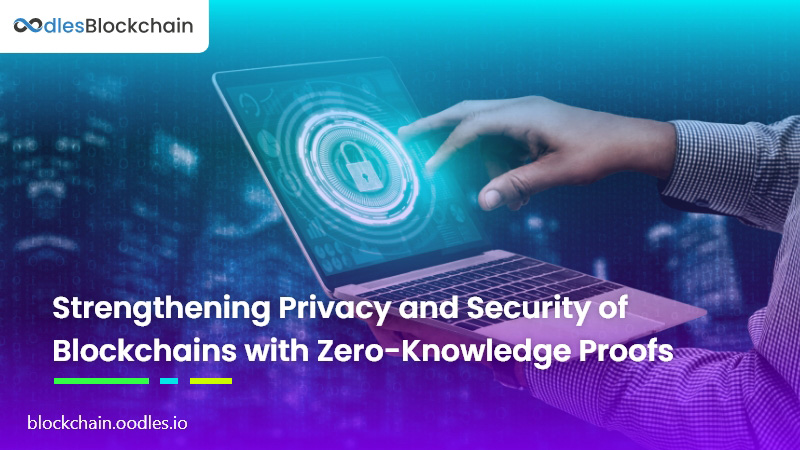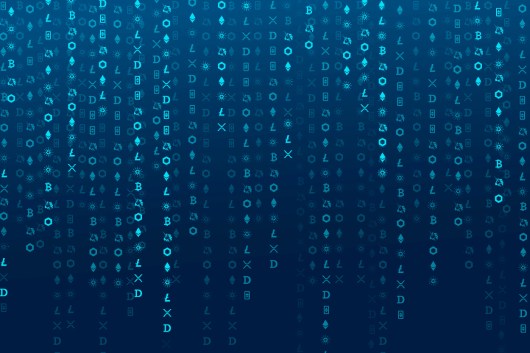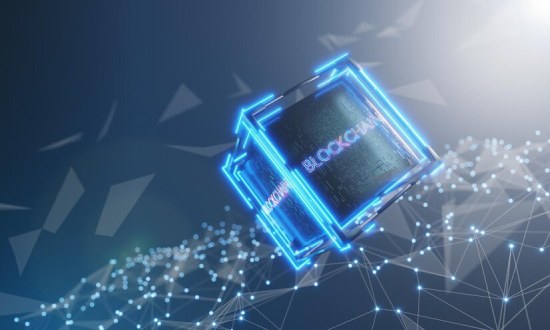-
Consider a case of a credit card user who has to prove to a credit institution that he holds a sufficient average balance in his bank account. The standard way of doing this is for the borrower to exchange the bank statements. It, though, exposes much more sensitive knowledge than the organization wants. Not only does it show the exact balance, but also the specifics of the trade. Ideally, without disclosing the transaction information, the borrower would like to persuade the credit provider that the private data meets the balance condition. Let's take a look at how blockchain app development with zero-knowledge proof implementation addresses privacy challenges.
Zero-Knowledge Proof (ZK-Proof)
A zero-knowledge proof (ZKP) is a cryptographic method of statement authentication without revealing the statement itself. A private data party or prover can use this methodology to present verifiable facts to a verifier. Moreover, they need not disclose any additional details other than the checked property's reality. In our case, the prover with the private data referring to the bank deposits is the credit claimant. The verifier is the credit provider who only wants to check the monthly balance property.
Zero-Knowledge Proof (ZK-Proof) and Blockchain
A zero-knowledge proof is a cryptographic process by which one party (the prover) can prove that they know the value x to another party (the verifier). Additionally, they do not have to send any information except knowing the value x in a blockchain network. A zero-knowledge proof enables anyone to prove they know such facts merely by sharing them. Its task is to validate such possession without a piece of evidence or disclosing any additional information. Explore | A Comprehensive Guide to Understanding zk-Snark
Components of ZK-Proof
Completeness
A verifier gets the assurance without outside support if the argument is valid and all users follow the rules.
Soundness
In either case, the verifier would get to know if the argument is incorrect (even if the prover says that the statement is true for some small probability).
Zero-Knowledge
In all examples, all knowledge outside the assumption that the argument is true or false would not be open to the verifier.
Types of Zero-Knowledge Proofs
Interactive Zero-Knowledge
A prover conducts a sequence of acts under the mathematical likelihood mechanism in an immersive zero-knowledge proof. It persuades the verifier of a given truth.
Non-Interactive Proof of Zero-Knowledge (ZK-SNARK)
Non-interactive zero-knowledge proof does not require an interactive process, as seen by the term. In other terms, the prover can build all the difficulties at once, and the verifier(s) can reply later. It constrains the probability of conspiracy. However, figuring out a series of experiments need additional machines and tools. A shift from non-interactive to interactive ZKP is possible.
Applications of Zero-Knowledge Proof and Blockchain
Encrypted Messaging
End-to-end encryption is imperative in communications such that only the users communicating can read the messages. Messaging services require users to check their identity on the server to ensure confidentiality and vice versa. But it is possible to create end-to-end trust in messaging without leaking any additional information with the introduction of the ZKP. It is one of the notable applications in the blockchain field of zero-knowledge proofs.
Authentication of Information
Zero-knowledge evidence will also make it possible to transfer confidential data with improved encryption, such as authentication data. It will create a secure channel for the users to hire their details without exposing them. Except in the worse cases, prevent data loss in this manner.
Protection of Information Storage
Another potential cause of usage for zero-knowledge proofs (ZKPs) is the storage utility field. Zero-knowledge evidence is a protocol that covers the storage container, as well as the data inside it. Also, it secures channels to offer a smooth and safe experience.
Conducting Private Transactions on a Blockchain
When it comes to transmitting private blockchain transfers, they must remain out of third-party control. Still, while very defensive is the conventional technique, they have several openings. It is also another region in which ZKP comes into play. When wisely incorporated, the concept can make it virtually difficult to access or decrypt private blockchain transactions.
Sensitive Documentation
Zero-knowledge proof has the power to encrypt bits of data. So, it allows one to monitor those blocks to provide access to a single person while denying access to others. Thus, this principle hides sensitive documents from those who are not supposed to see them.
Filesystem Controlling
The file system is another position where you can see a significant zero-knowledge-proof implementation. It attaches databases, users, and even logins to various authentication levels, making it very difficult to hack or exploit the stored data.
Security of Sensitive Information
Last but not least, zero-knowledge evidence also refines the way transactions revamp with blockchain technologies. ZPK applies a high-end security standard to every block containing confidential banking information such as credit card data and history. It means that banks need to manipulate only the appropriate blocks when a customer requests information. Other blocks remain unaffected and, thus, covered. So, these were some of the zero-knowledge proof use cases in the blockchain setting. Hire a blockchain software development company to create your brand identity in the market by developing one of these. And if you are unsure about its application in the real world, look for the following current initiatives that work with the fusion of the two.
Real-Life Examples of Zero-Knowledge Proof Blockchain
ING Bank
ING is a bank based in the Netherlands that has implemented its zero-knowledge blockchain. However, they also updated their zero-knowledge method to demonstrate it as a zero-knowledge spectrum to reduce the need for computing power. In this way, they have prepared their zero-knowledge framework to maximize the effect of the fintech blockchain.
Alternatives
Blockchain platforms such as Quorum, Hyperledger Fabric, and Corda provide the power to perform private transactions between two or more nodes. They can guarantee that the sender and recipient's account records are part of a secret register. And unauthorized participants cannot access them.
Challenges of Integrating Zero-Knowledge Proof into a Blockchain
No specifications, systems, or homogeneous languages are available that allow developers and businesses to communicate effectively with ZKP and leverage its ability. Zero-knowledge proof needs high computational power to work at a high level. But, scalability is another problem that limits the implementation of zero-knowledge evidence in the blockchain setting.
Conclusion
Now that the idea of zero awareness evidence and its reach (along with real-life examples) in the blockchain domain is transparent to you, we hope to see you engaging in the concept when joining the decentralized environment. But, if you do have any concerns, please contact our blockchain development experts.

Our Offices
INDIA
Emaar Digital Greens, Sector 61,
Gurugram, Haryana
122011.
Welldone Tech Park,
Sector 48, Sohna road,
Gurugram, Haryana
122018.














